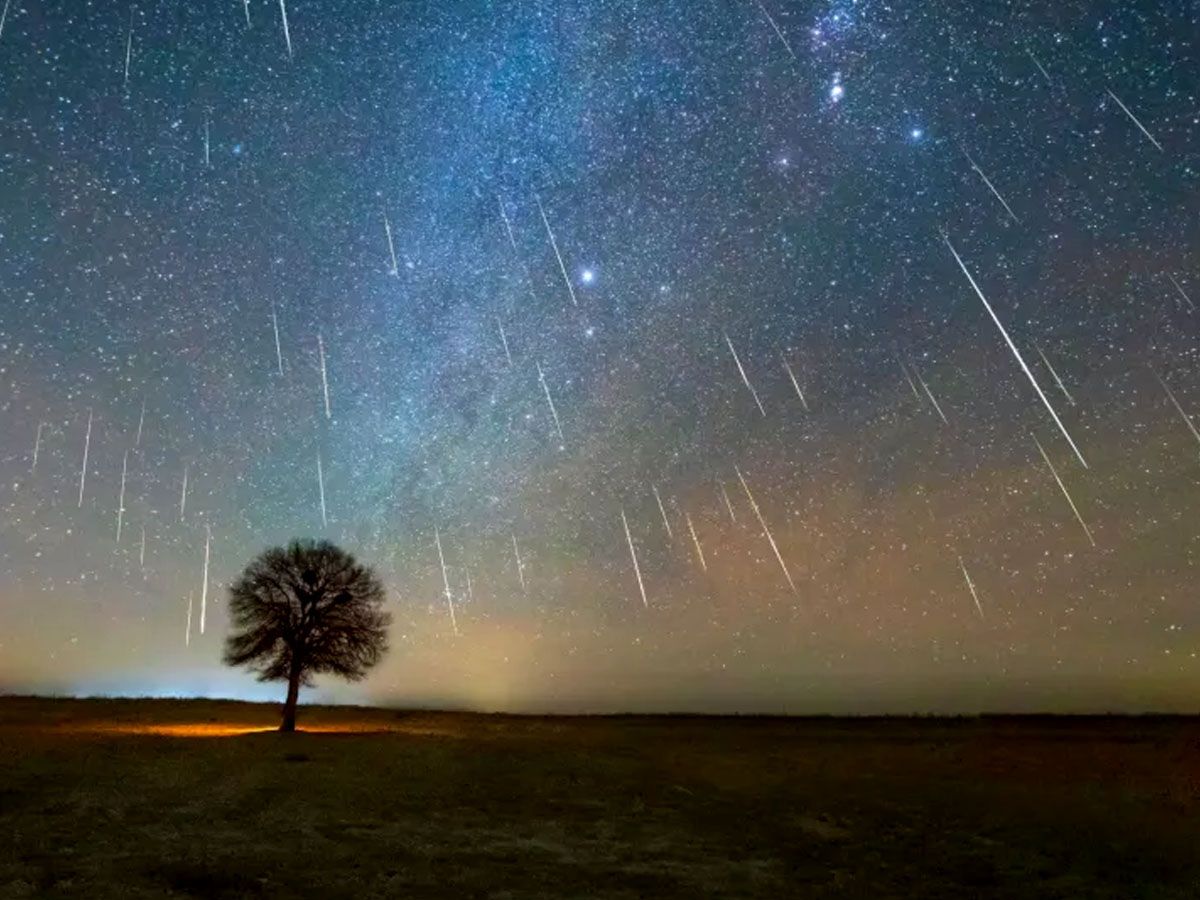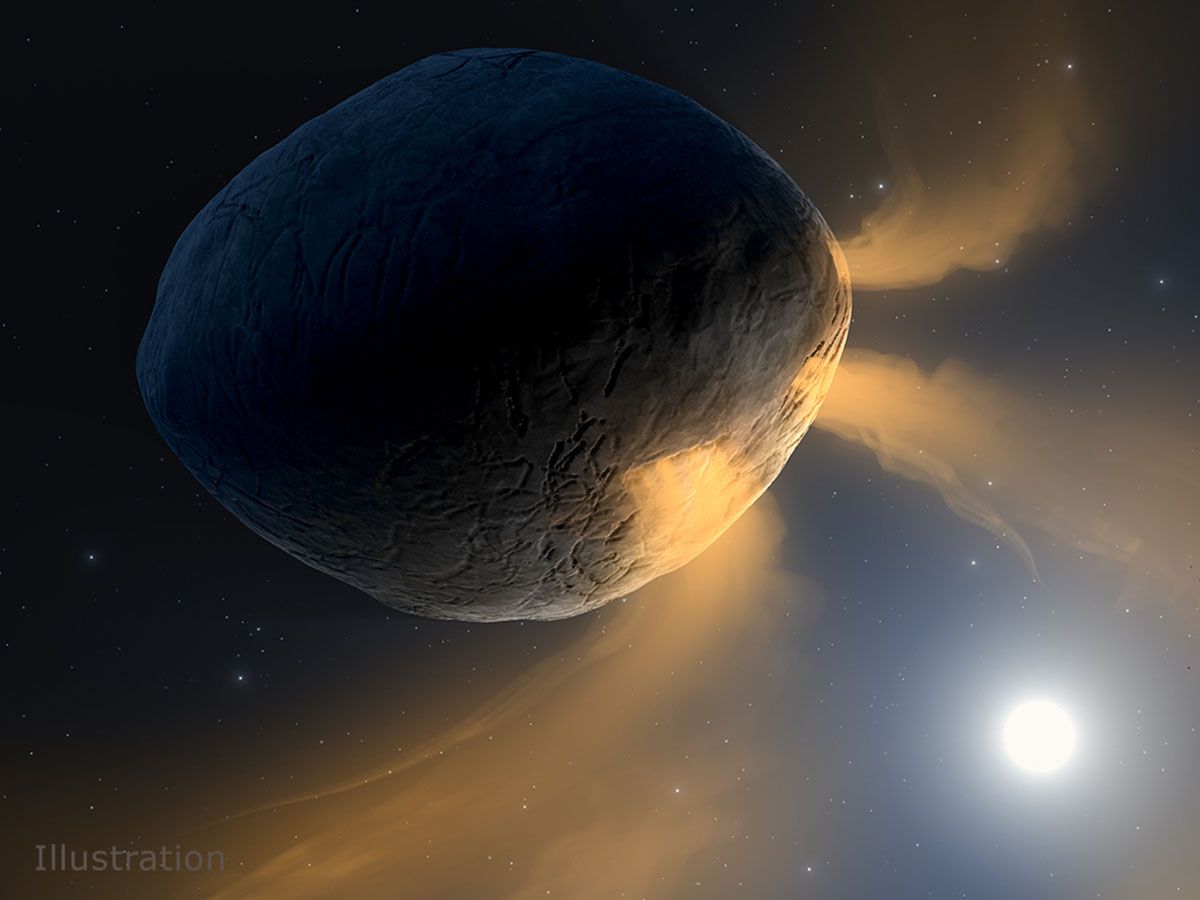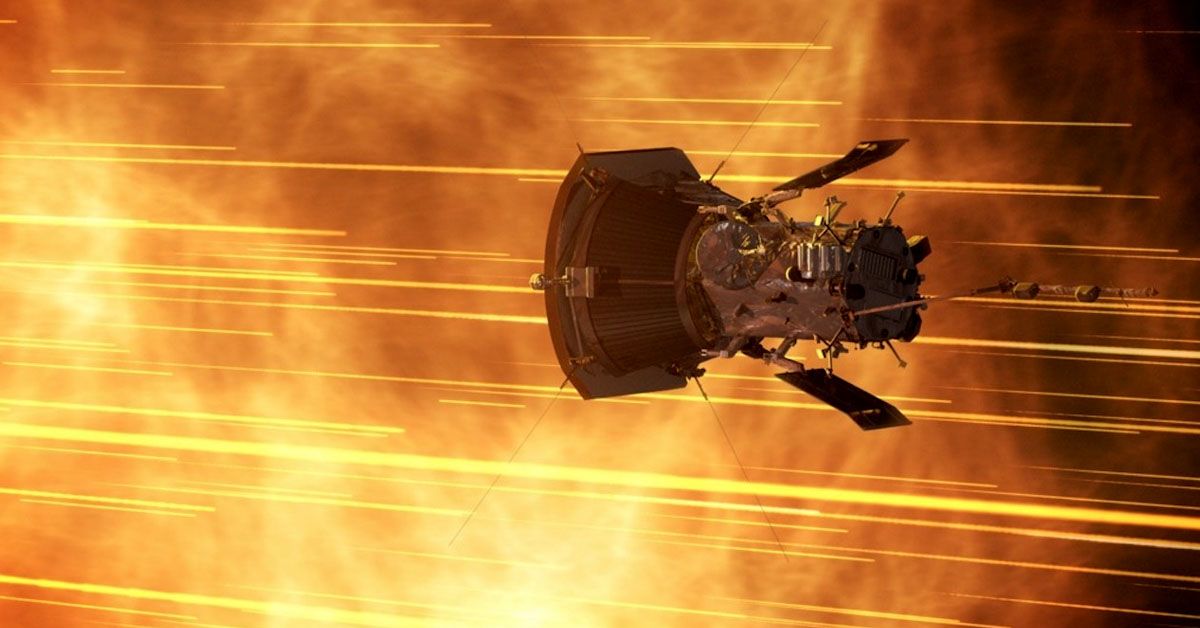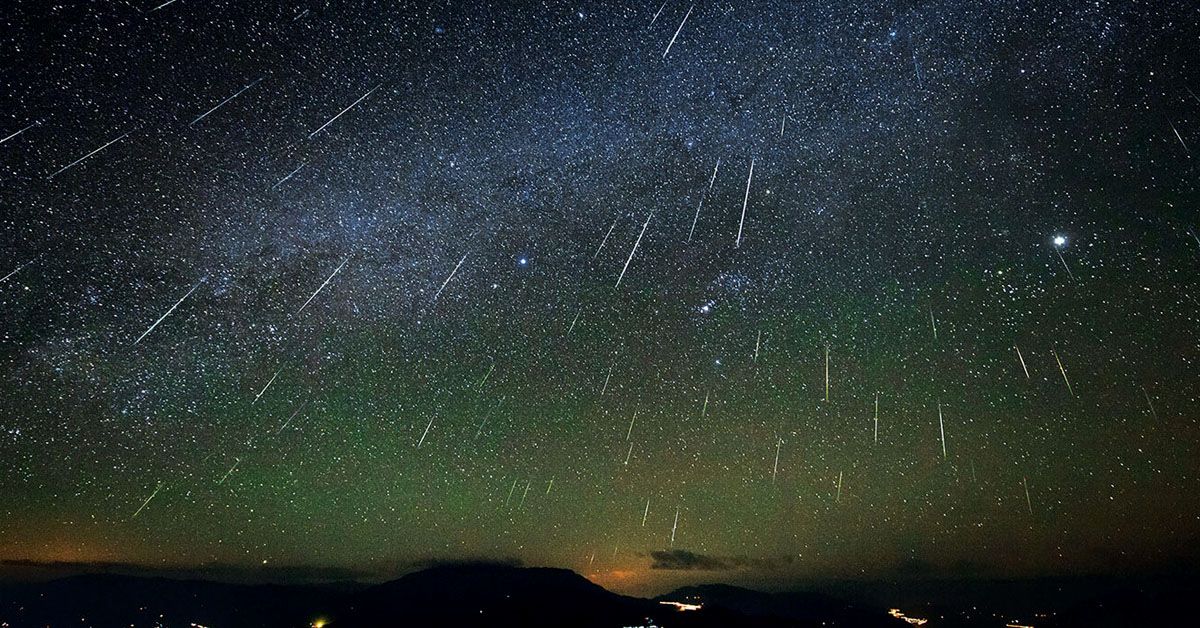Every December, as winter takes hold, the night sky dazzles with the spectacle of the Geminid meteor shower. Yet, unlike other meteor showers, the Geminids have a surprising source that has puzzled scientists.
Instead of coming from a comet, they originate from an asteroid named 3200 Phaethon. This fact alone sets the Geminids apart from most meteor showers and presents a captivating mystery.
With the help of NASA's Parker Solar Probe mission, researchers are now able to shed light on the violent birth of this spectacular cosmic event.
A Spectacular Winter Show
Imagine standing on a dark hill, with a panorama of the open sky as your canvas. The sky slowly shifts from an inky black to a rich blue. Suddenly, thin, white streaks dart across the sky.

These are the Geminids, burning up as they plunge into Earth's atmosphere, creating a spectacle that leaves spectators in awe. This vivid picture painted by the Geminids is an unforgettable sight, a true testament to the wonders of the cosmos.
So, what makes this meteor shower different from the rest?
The Unique Genesis of the Geminids
To understand why the Geminids are unique, it helps to understand how most meteor showers are born. Typically, these celestial events result from the remnants of comets. A comet, a mix of ice and dust, gets heated up when it nears the Sun.
As the comet's ice evaporates, it releases gas and small pieces of itself. This debris leaves a trail of dust in the comet's orbit, like breadcrumbs in space. When the Earth crosses this path, the particles burn up in our atmosphere, and we witness a meteor shower.
However, the Geminids defy this norm. Their source is not a comet but an asteroid called 3200 Phaethon. This asteroid presents another puzzle for scientists.

Unlike comets, asteroids are not usually affected by the Sun's heat. They are mostly made of rock or metal, with little to no ice to evaporate. Yet, Phaethon displays activity typically associated with comets. It heats up and releases material as it passes the Sun.
This perplexing behavior adds a twist to the already intriguing story of the Geminids' origin. So how does an asteroid, that behaves like a comet, give birth to a meteor shower?
A Closer Look at the Mystery with The Parker Solar Probe
The quest to solve the riddle of the Geminids brought researchers to use the Parker Solar Probe's data, offering a closer look at this celestial wonder.
A study published in The Planetary Science Journal elaborates on how the probe's pictures and data have helped understand the structure and behavior of the dust cloud in the innermost solar system.
The Parker Solar Probe's unique journey brings it closer to the Sun than any other spacecraft. This route has enabled it to examine the dust grains shed by comets and asteroids, including our mysterious asteroid 3200 Phaethon, providing a treasure trove of data for scientists.

But how does the Parker Solar Probe collect this data? Interestingly, the probe itself lacks a dedicated dust counter.
However, the high-speed impacts of dust grains generate unique electrical signals. These signals are picked up by the sensors on the probe's FIELDS instrument, creating a record of the dust it encounters in its journey.
With the Parker Solar Probe's data in hand, researchers turned their attention to decoding the birth of the Geminids. They modeled three possible formation scenarios and compared them to existing models based on Earth-based observations.
NASA said that - using data from the Parker Solar Probe - it was likely a violent, catastrophic event, such as a high-speed collision with asteroid Phaethon, that created the Geminids meteoroid stream. Video credit: NASA/Johns Hopkins APL/Ben Smith. pic.twitter.com/06VnrBzFUF
— Kelly Kizer Whitt (@Astronomommy) June 23, 2023
After careful examination, one model showed a striking consistency with the Parker data. It suggested a sudden and potent event, such as a high-speed collision or a gaseous explosion created the Geminid stream.
This revelation not only sheds light on the unique nature of the Geminid meteor shower but also further emphasizes the dynamic and surprising nature of our solar system.













